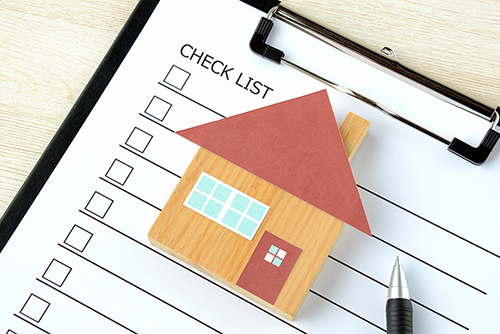
Homes can have many hidden hazards that could be harmful to anyone – from babies to seniors. Thirty-three million people are injured by consumer products in the home each year, but most of these injuries are avoidable, so practicing prevention and hazard-proofing homes can save lives.
The following recommendations to help you and your family stay safe.
Safety Tips for Any Home
- Keep emergency numbers on every phone; include fire, police, your doctor(s), ambulance service and the poison control hotline (1-800-222-1222).
- Make sure your house number is visible from the street.
- Install smoke detectors and carbon monoxide detectors on every floor. Change batteries twice a year when you change your clocks for daylight savings time.
- Eliminate clutter. Keep stairways and walkways clear of tripping hazards.
- Have regular inspections for your furnaces, hot water heaters and other gas appliances, as well as chimneys and flues.
- Never use kerosene or gas space heaters in unvented rooms, and never keep cars, motorcycles or lawn mowers running in a closed or attached garage.
- Be cautious when using ladders. Inspect for loose or worn parts. Use only on stable, level ground, and don’t overreach.
- Wear protective footwear and eyewear when mowing the lawn.
- Wear protective eyewear when operating power tools.
- Install decorative markers on glass doors so that people do not walk into them by mistake.
- Consider having a telephone connected to a land-line because cell phones run out of power, and their service may be interrupted in an emergency situation.
Home Safety Checklist for Children
According to the Consumer Product Safety Commission, approximately 4.5 million children are injured by hazards in the home each year. Parents should teach their children about safety at home, at school, on the playground and while traveling. This includes knowing their address and how to call 9-1-1. Never leave young children unattended. Cover all unused electrical sockets and keep electrical cords out of children’s reach.
- Install protective padding on the corners of furniture with sharp edges.
- Use safety latches and locks on cabinets and drawers.
- Protect children from dangerous areas. Install safety gates at the tops and bottoms of stairways. Place guards on banisters and railings if your child can fit through the rails.
- Secure tall bookcases, televisions, or other pieces that might tip over.
- Use window guards and safety netting to help prevent falls from windows, balconies and landings. (If window guards are used, ensure that at least one window in each room can easily be used as an exit in case of fire.)
- Tie up vertical blind cords.
- Install doorknob covers on entry doors so small children can’t leave the house unattended.
- Use nightlights, but keep the small plastic bulbs out of reach of children.
- Remove rubber tips from door stops, so children cannot choke on them, or install one-piece doorstops.
- Pay attention to all equipment recalls, including those for “hand-me-downs.”
- Store drugs and chemicals, such as cleaning products and bleach, out of reach and in their original containers to ensure proper knowledge of contents.
- Buy medicines, vitamins and household products with child-resistant caps.
- Keep toys with small parts (and other small objects) out of the reach of toddlers and young children. If the object can fit easily into the cardboard center of a roll of toilet tissue, the object can pose a choking hazard.
- If you own any firearms, always store unloaded and locked. Firearms and ammunition should be stored separately.
- Remove any houseplants from children’s reach.
Source: emergencyphysicians.org

